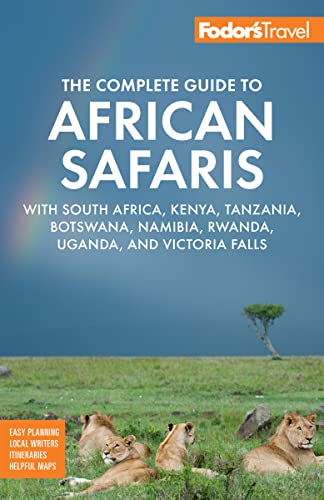There's no place on earth like the Okavango. The world's largest inland delta, the Okavango was formed by the Okavango River, which floods down from the Angolan highlands once a year and fans out into northwestern Botswana in a meandering complex network of papyrus-lined channels, deep, still pools (where crocodiles and hippos lurk), secret waterways (where reeds and grass almost meet over your head), palm-fringed islands, and natural lagoons.
This watery network covers an area of more than 15,000 square km (5,791 square miles). This vast area is sometimes referred to as the Swamps, but this gives a false impression because there are no murky mangroves or sinister everglades here. It's just open, crystal-clear waters where you'll discover an unparalleled experience of being in one of the world's last great wilderness areas. Often, the only way to get around this network of waterways is by boat.
The mokoro, a canoelike boat synonymous with the Okavango, was introduced to the Delta in the mid-18th century, when the Bayei people moved down from the Zambezi. The Bayei invented the mokoro as a controllable craft that could be maneuvered up- or downstream. These boats were traditionally made from the trunks of the great jackalberry, morula, and sausage trees. Today, because of the need to protect the trees, you may find yourself in the modern equivalent: a fiberglass canoe. Either way, a skilled poler (think gondolier) will stand or sit at the rear of the narrow craft guiding you through the Delta's waterways—he’ll be on full alert for the ubiquitous and unpredictable hippos but may be a bit more laid-back when it comes to the mighty crocs that lie in the sun. (Powerboats are an option in deeper waters.) Bird-watching from these boats is a special thrill: the annual return of thousands of gorgeous carmine bee-eaters to the northern Delta and Linyanti in September and October is a dazzling sight, as is a glimpse of the huge orange-color Pel's fishing owl. Don't miss the chance to go on a guided walk on one of the many islands.
Although most camps are now both land- and water-based, in a water camp—usually an island surrounded by water—you'll almost certainly see elephants, hippos, crocs, and red lechwes (beautiful antelope endemic to the Swamps), and you may catch a glimpse of the rare, aquatic sitatunga antelope. You'll almost certainly hear lions but may not always see them; if you're very lucky, you may see a pride swimming between islands. On the other hand, if you’re in a land-and-water camp, you’ll see lots of game. Remember that you'll see plenty of animals elsewhere in Botswana. You're in the Delta to experience the unforgettable beauty.






